Metals In The Marine Environment
出版日期:2004/01/01
出版:UTM / Kolej Universiti Sains dan Teknologi Malaysia (KUSTEM) 追蹤
作者:Prof. Noor Azhar bin Mohd Shazili
語言:英文
檔案格式: PDF(適合平板)
頁數:23
ID:93971
出版:UTM / Kolej Universiti Sains dan Teknologi Malaysia (KUSTEM) 追蹤
作者:Prof. Noor Azhar bin Mohd Shazili
語言:英文
檔案格式: PDF(適合平板)
頁數:23
ID:93971
內容簡介
Metals are defined chemically as elements which conduct electricity, have a metallic luster, are
malleable and ductile, form cations, and have basic oxides. However, this term has been loosely
used by biologists to refer to both the element and compounds. Heavy metals are by definition
applied to metals of density 5gcm-3 and greater, and “heaviness” does not necessarily relate to
“toxicity” (Duffus, 2002). Trace metals are metals found in low concentration, in parts per million
or less, in matrices like water, tissue or sediments. It has to be understood that all metals may
become toxic, remembering the fundamental rule of toxicology that all substances are toxic if
exposed to a high enough concentration. However, essential metals are toxic at higher doses than
“toxic” metals as the essential metals are those which are required for some biological function, an
absence of which causes deficiency symptoms. “Toxic” metals are those which have no known
biological function as yet and an increase in bioaccumulation may lead to deleterious effect and
ultimately death if exposure is to a high enough concentration or dose or for a long period of time.
Examples of essential metals include copper (Cu), manganese (Mn) and zinc (Zn) while “toxic”
metals include cadmium (Cd), lead (Pb) and mercury (Hg)
malleable and ductile, form cations, and have basic oxides. However, this term has been loosely
used by biologists to refer to both the element and compounds. Heavy metals are by definition
applied to metals of density 5gcm-3 and greater, and “heaviness” does not necessarily relate to
“toxicity” (Duffus, 2002). Trace metals are metals found in low concentration, in parts per million
or less, in matrices like water, tissue or sediments. It has to be understood that all metals may
become toxic, remembering the fundamental rule of toxicology that all substances are toxic if
exposed to a high enough concentration. However, essential metals are toxic at higher doses than
“toxic” metals as the essential metals are those which are required for some biological function, an
absence of which causes deficiency symptoms. “Toxic” metals are those which have no known
biological function as yet and an increase in bioaccumulation may lead to deleterious effect and
ultimately death if exposure is to a high enough concentration or dose or for a long period of time.
Examples of essential metals include copper (Cu), manganese (Mn) and zinc (Zn) while “toxic”
metals include cadmium (Cd), lead (Pb) and mercury (Hg)
您可能會喜歡
<
>
同類型熱門書藉
-
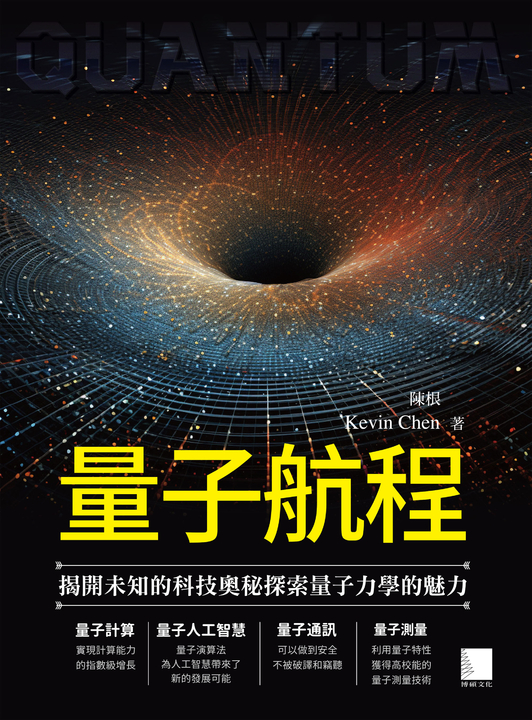
-
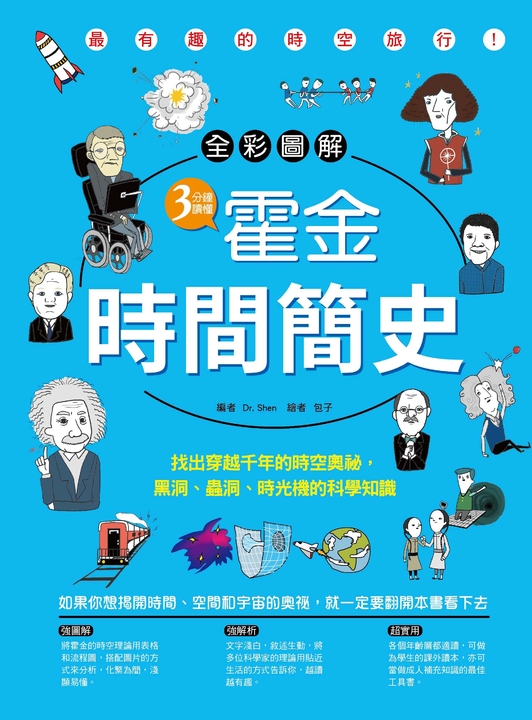
【全彩圖解】3分...
作者: Dr. Shen -
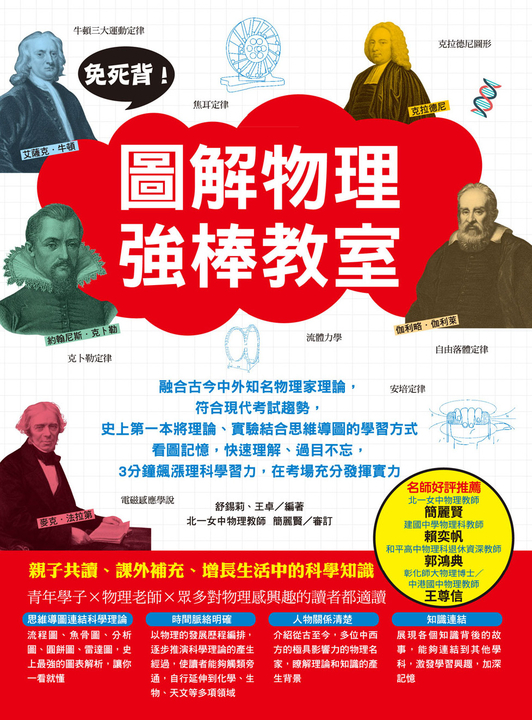
免死背!圖解物...
作者: 舒錫莉、王卓 -
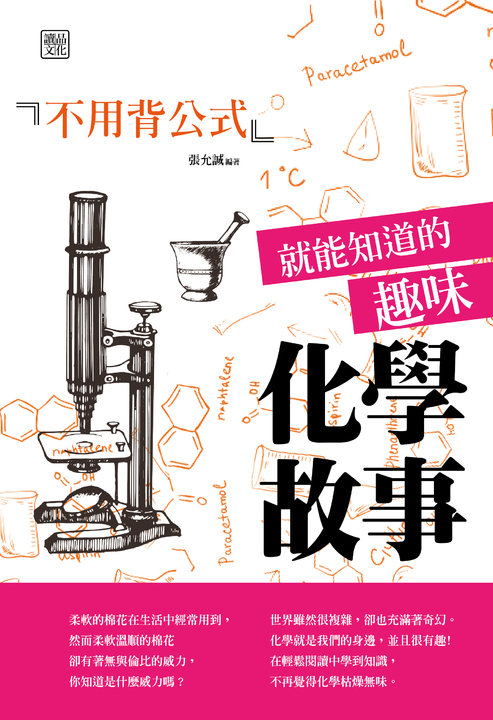
不用背公式就能...
作者: 張允誠 編著 -
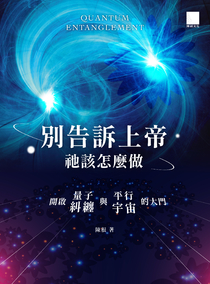
別告訴上帝祂該...
作者: 陳根
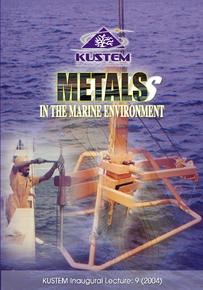

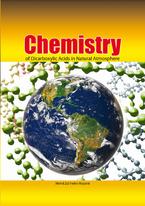 Chemistry of Dicarboxylic Acids in Natural Atmosphere
Chemistry of Dicarboxylic Acids in Natural Atmosphere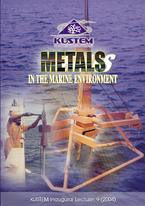 Metals In The Marine Environment
Metals In The Marine Environment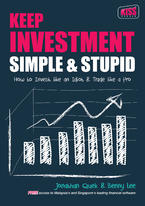 Keep Investment Simple & Stupid
Keep Investment Simple & Stupid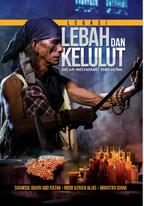 Legasi Lebah dan Kelulut dalam Masyarakat Tradisional
Legasi Lebah dan Kelulut dalam Masyarakat Tradisional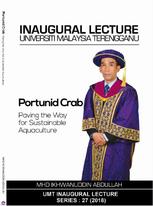 Inaugural Lecture Prof Dr. Ikhwanudin Portunid Crab Paving The Way For Sustainab
Inaugural Lecture Prof Dr. Ikhwanudin Portunid Crab Paving The Way For Sustainab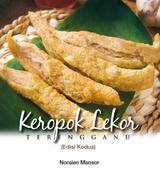 Keropok Lekor Terengganu: Edisi Kedua
Keropok Lekor Terengganu: Edisi Kedua
